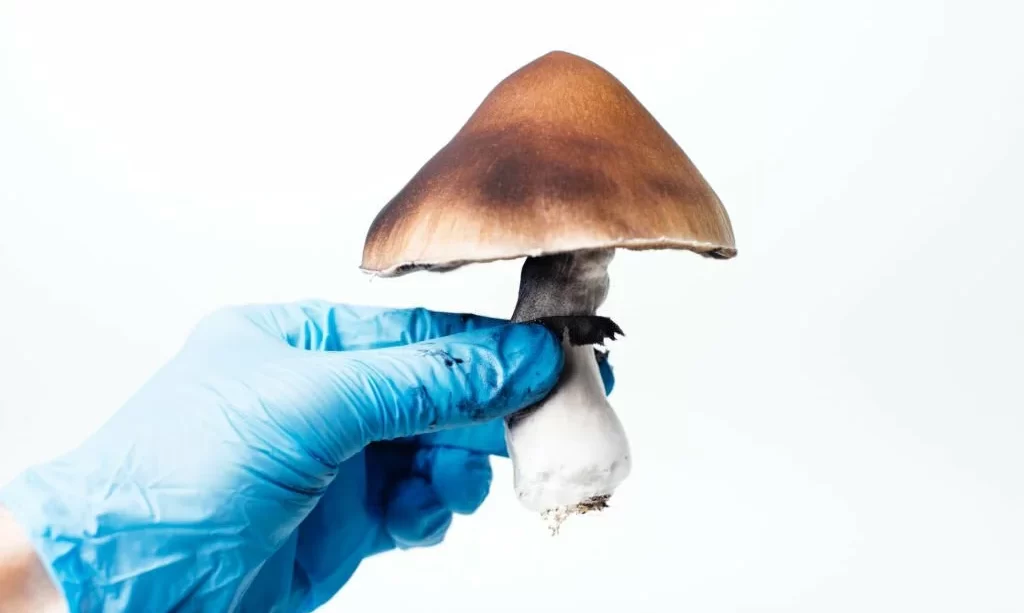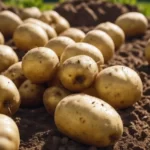Golden Teachers are a well-known variety of psilocybin mushrooms, prized for their psychoactive properties and relatively mild potency. Harvesting these mushrooms at the right time is crucial for maximizing their effectiveness and ensuring a safe experience for users. The timing of the harvest not only affects the potency of the mushrooms but also their overall quality. This article aims to provide a comprehensive guide on identifying the optimal time to harvest Golden Teachers, taking into account their unique growth characteristics and the legal considerations surrounding their cultivation and use.
Golden Teachers
Golden Teachers are distinguished by their golden-capped appearance and are often sought after for their potential psychedelic effects. They typically have a more extended growth period compared to other psilocybin mushroom varieties, which can influence their harvest time. These mushrooms are known for their ability to offer a more guided, educative experience, hence the name ‘Golden Teachers.’
It is important to note that the cultivation, possession, and use of psilocybin mushrooms are illegal in many countries and regions. Before engaging in any activities related to Golden Teachers, it is essential to be fully aware of and comply with local laws and regulations. The information provided here is for educational purposes and should be pursued only within the legal boundaries of your area.
Optimal Conditions for Growing Golden Teachers
Growing Golden Teachers successfully requires creating and maintaining specific environmental conditions. These mushrooms thrive in a humid, temperature-controlled environment, typically between 75-80°F (24-27°C). The substrate, usually a mix of grains, brown rice flour, and vermiculite, must be kept moist but not waterlogged to encourage growth.
The conditions in which Golden Teachers are grown not only impact their growth rate but also their potency. Inadequate or fluctuating conditions can lead to a suboptimal yield or even the failure of the crop. Consistency in maintaining the right humidity, temperature, and substrate conditions is key to cultivating healthy and potent mushrooms.
Signs of Maturity in Golden Teachers
Identifying the right time to harvest Golden Teachers is critical for ensuring the maximum potency and quality of the mushrooms. The maturity of these mushrooms can be determined by observing specific visual indicators:
- Cap Development: As Golden Teachers mature, their caps change from a convex (bell-shaped) to a more flattened shape. The ideal time to harvest is just before or as the veil underneath the cap begins to tear away from the stem.
- Veil Breaking: The veil is a thin layer of tissue connecting the cap to the stem. When this veil starts to tear, it indicates that the spores are about to be released. Harvesting just before or at the beginning of this process is optimal.
- Color and Size: Mature Golden Teachers typically have a distinct golden or yellowish color on their caps. While size can vary, larger caps and a well-developed stem are good indicators of maturity.
The Harvesting Process
Harvesting Golden Teachers requires careful handling to preserve their quality and potency:
- Timing: Harvest in the morning if possible, as this is when the mushrooms are most hydrated and robust.
- Technique: Use clean hands or gloves to gently twist and pull the mushrooms from the substrate. Avoid pulling too hard, which can damage the mycelium and the remaining mushrooms.
- Tools: If necessary, use a sharp, sterile knife or scissors to cut the mushrooms at the base, close to the substrate.
- Hygiene: Maintain cleanliness throughout the process to prevent contamination. This includes washing hands thoroughly and sterilizing any tools used.
Post-Harvest Handling and Storage
Once harvested, proper handling and storage are crucial to maintain the mushrooms’ potency:
- Immediate Handling: Place the harvested mushrooms on a clean, dry surface. If not processed immediately, store them in a breathable container, like a paper bag, in a cool, dark place.
- Drying: To preserve Golden Teachers for longer periods, they need to be dried. This can be done using a food dehydrator set at a low temperature or by placing them in a warm, dry, well-ventilated area out of direct sunlight.
- Storage Conditions: Once completely dry, store the mushrooms in an airtight container, preferably with silica gel packets to absorb any residual moisture. Keep the container in a cool, dark, and dry place to preserve their potency.
Common Mistakes to Avoid
Successfully harvesting Golden Teachers requires not only knowledge and skill but also an awareness of common pitfalls. Here are some mistakes to avoid:
- Harvesting Too Early or Late: Picking Golden Teachers too early can result in a loss of potency, while waiting too long, especially until after the veil breaks completely, can lead to a decrease in quality and the spread of spores, which complicates future harvests.
- Rough Handling: Being too rough when picking the mushrooms can damage the mycelium, the underlying fungal network, affecting future yields. Gentle twisting and pulling are key.
- Ignoring Hygiene: Neglecting cleanliness can introduce contaminants into the mushroom crop. Always wash hands thoroughly and sterilize equipment before handling the mushrooms.
- Inadequate Drying: Improper drying can lead to mold growth and a loss of potency. Ensure that the mushrooms are completely dry before storage.
- Poor Storage: Storing dried mushrooms in damp or non-airtight containers can lead to spoilage. Use airtight containers with desiccants and store in a cool, dark place.
Conclusion
Harvesting Golden Teachers at the right time and with the proper technique is essential for maximizing their potential benefits. By understanding the signs of maturity, executing a careful harvesting process, and following best practices for post-harvest handling and storage, cultivators can ensure the quality and potency of their mushrooms.
It’s important to remember that the cultivation and use of Golden Teachers, like all psilocybin mushrooms, are subject to legal restrictions in many regions. Always stay informed about and comply with local laws and regulations. Responsible and informed practices are crucial in the cultivation and utilization of these mushrooms, ensuring safety and respect for their powerful properties. By adhering to these guidelines, enthusiasts can effectively and ethically engage in the cultivation of Golden Teachers, appreciating their unique qualities while maintaining safety and legality.




